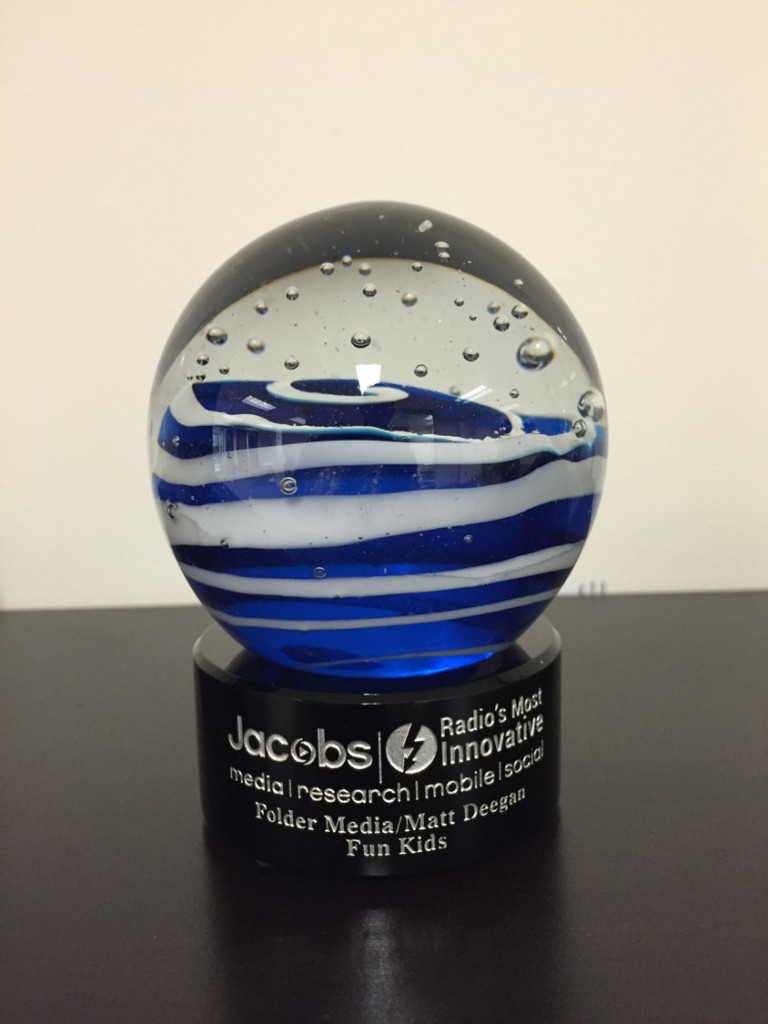
Radio broadcasters prove every day they’re driven – by aggressive ratings and revenue goals on the commercial side of the spectrum, in particular. Add to the challenge the pressure and conditions wrought by COVID in 2020, continuing its wrath 13 months later.
For most “line workers” in radio – the “essential workers” – it’s been enough of a slog just to crank out the programming and commercial logs, and keep the station on the air during the worst economic cycle all of us have endured.
At times, like this, innovation is forced to take a back seat to results.
But not always. In fact, yesterday’s blog post about Spotify at 15 elicited many reactions from radio people impressed with what the startup has accomplished since entering the fray in 2006. Contrast that with innovations in traditional media, and you’ve got one knock-down-drag-out conversation on your hands.
Critics of this logic will point directly to all the years when Spotify seemed to possess an endless deck of “Get Out Of Jail Free” cards, allowing the company to lose millions while it grew its business. Most radio broadcasters have been playing the game by a different rule book.
Still, Spotify’s innovation punch list is impressive. And it raises the point why radio broadcasters don’t make invention and ideation a bigger priority at all levels. The fact is, it can be done. And it can be accomplished with precious little financial resources, outside of the company plane, of course. (More on that later.)
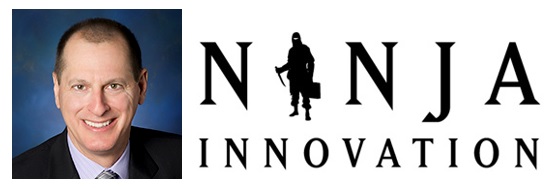 Innovation and resilience have been the clarion calls from CES these past many years, a charge led by the Consumer Technology Association’s CEO, Gary Shapiro. His Ninja Innovation books have made their mark. It’s why CES is locked into our calendars each and every January. These values have never been as important as they are today as we navigate through the pandemic.
Innovation and resilience have been the clarion calls from CES these past many years, a charge led by the Consumer Technology Association’s CEO, Gary Shapiro. His Ninja Innovation books have made their mark. It’s why CES is locked into our calendars each and every January. These values have never been as important as they are today as we navigate through the pandemic.
These themes are why Jacobs Media created “Radio’s Most Innovative” awards (see the photo at the top of this post) back in 2014, honoring some of the most creative concepts in and around the industry. Honorees included the inventions of Selector (RCS), the all-sports radio format (WFAN), the iHeartRadio platform, Dan Vallie’s National Radio Talent System (now owned by the RAB), and all-Christmas music (from KEZ).
In retrospect, we also should have recognized one of the best innovation examples I’ve ever seen in radio. It came from what is now Beasley’s Philadelphia cluster, led by its flagship, WMMR. Since acquiring Greater Media in 2016, Beasley has grown the station group by adding WXTU to the portfolio. And the cluster’s performance and standards of excellence are more than intact – they are on display every day.
In those Greater Media days, John Fullam ran the group, deftly navigating all the opportunities and threats that came the cluster’s way. In 2013, he had the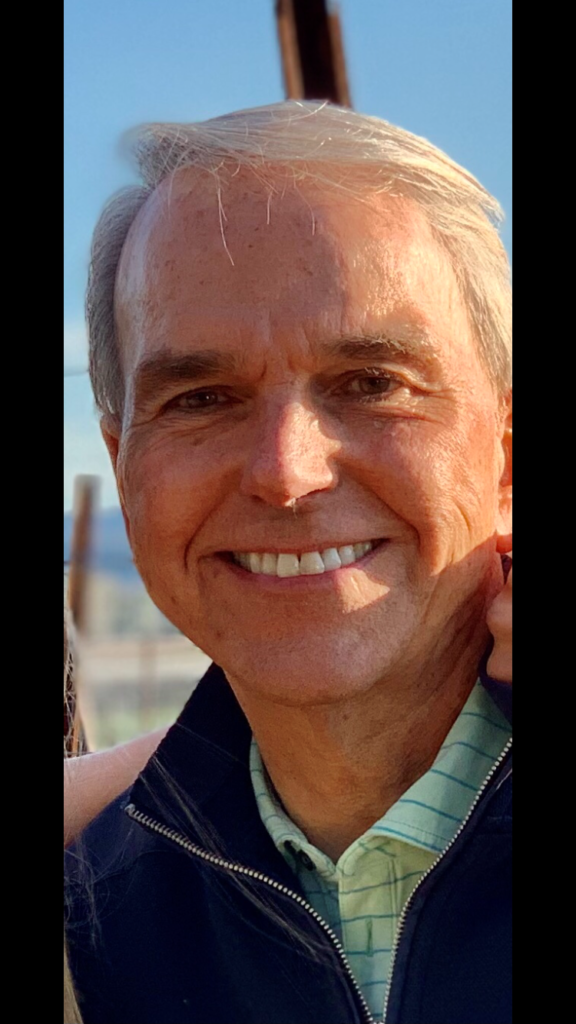 realization his staff was so focused on the tasks at hand that coming up with new concepts and initiatives was stuck on everyone’s back burner.
realization his staff was so focused on the tasks at hand that coming up with new concepts and initiatives was stuck on everyone’s back burner.
Thus, he started the Innovation Challenge, a cluster-wide contest open to anyone and everyone on staff – including, of course, the hosts, sales reps, engineers, receptionists, and back-end employees.
They were given the green light to put together teams – mashups of people from all the stations with the desire to work together to come up with something new and different that, oh by the way, would generate revenue.
And to keep it impartial, John selected an independent panel of judges of which I was one during the years the Innovation Challenge was an annual event. Last week, my blog post about how WFH was impacting company culture – especially inside radio stations – caught John’s attention. And I decided it would be great to talk to him about how any cluster can capture that elusive internal vibe.
He reminded me that innovation is especially important during difficult times, and so is the culture and health of our workforces. John told me this story after speaking with a Regional President just last week:
“In my entire career I’ve never dealt with the personal employee issues I have this year – more mental health issues than you can imagine.”
Based on my conversations with many of you, this same stress and strife is very likely happening at your workplace or among your team.
Here’s my interview with John Fullam:
Fred Jacobs: What inspired you to launch the Innovation Challenge?
John Fullam: We started the initiative after our annual strategy meetings to kick off 2013. Our stations were executing well but we were not developing enough new ideas.
Our team felt we needed to shake up the innovation process with respect to promotion, digital, events and finding new and better ways to engage with fans on- and off-air.
FJ: Why do you feel innovation is so important to radio today?
JF: Innovative companies attract great talent, our most important asset.
We need to be innovative because companies like Amazon, Spotify, Google and Apple are moving further into audio and competing for ears.
Radio needs to innovate to attract younger listeners (under 35) to remain relevant and connect with them.
We took a page from the Netflix playbook. Their employees are empowered and “ whoever has a good idea should put together a team and implement it.” 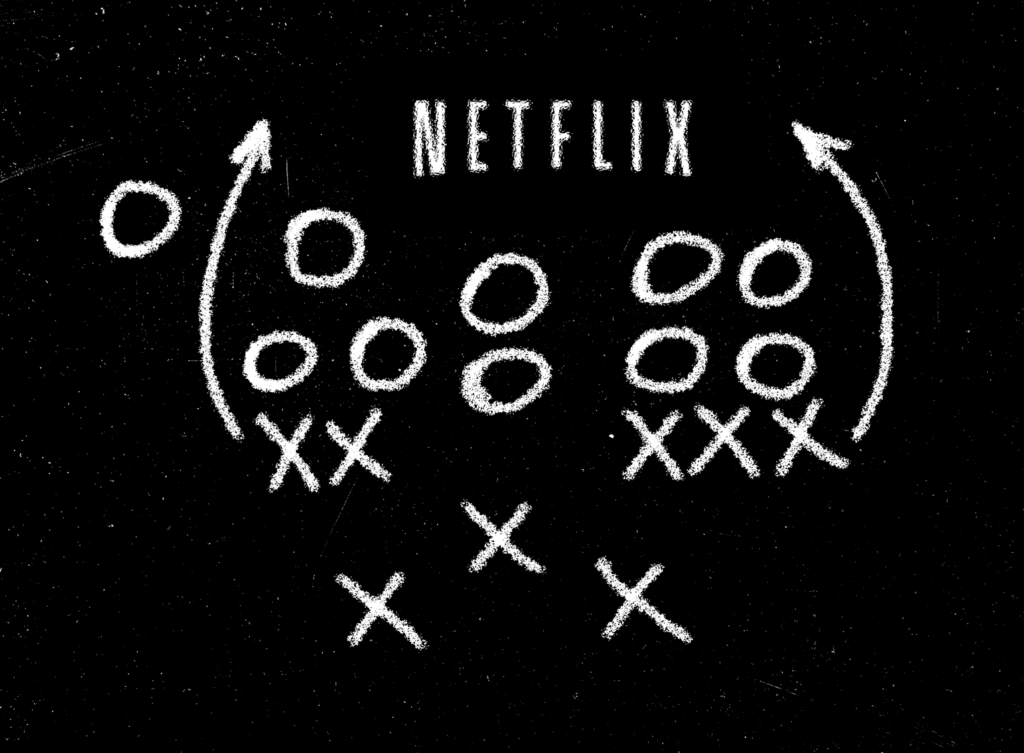
What would radio be like if we could harness our employees’ collective brainpower?
FJ: What was the main goal behind the Innovation Challenge. And did some unanticipated benefits occur?
JF: Our goal was to develop new ideas for all four Philadelphia brands.
The bonus was increased engagement from our staff. They were incredibly excited to be part of the creative process.
It underscores research from Gallup about workplace culture and employee engagement. The average employee engagement for a company in the U.S. is about 30 percent. Employee engagement at the highest performing companies is between 70-80 percent and their performance reflects that.
Engagement grows when staff is involved and empowered. We measured our engagement every year with an outside company and it grew at that time to nearly 70 percent. So getting our entire team involved helped build our culture.
FJ: You did it cluster-wide and you encouraged all staffers to participate to “co-mingle” with people in the building that didn’t work together. What was the thinking behind that?
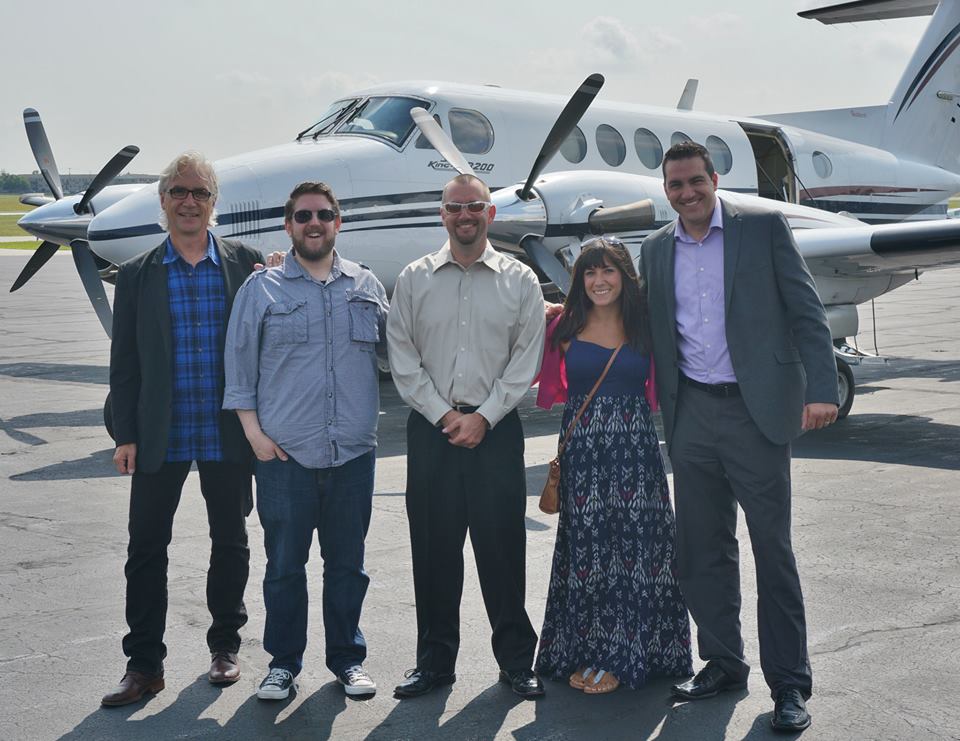
JF: I saw a 60 Minutes interview with David Kelley from IDEO who worked with Steve Jobs for many years. Kelley said when creating new ideas, it was important to have people from diverse backgrounds and interests.
So each PD was encouraged to recruit their six team members with different skill sets from the other three brands and across all departments. As a result, the idea exchanges and perspectives were different than normal, which was what we were hoping for.
FJ: How did it work? How many ideas were teams tasked to develop, and did any actually launch?
JF: Each brand team had an eight week “sprint” to come up with three Innovative Ideas. The ground rules were simple. All ideas had to be entirely new, not a rehash of an old idea.
The more assets they used, the better: on-air, digital, events, etc. Also, they needed to tie-in how sponsors could be involved. The ideas were not all home runs and there were a number of solid singles and doubles.
The PDs held a draft to choose their team of 6-7 people. Teams met regularly over the eight weeks and then made a final presentation of their three ideas to our panel of judges; CEO Peter Smyth, VP Programming Buzz Knight, Mark Ramsey, and you, Fred. One of their three ideas had to be implemented.
The judges then determined which team had the most innovative ideas. The winning team flew to Boston, in the company plane, to have lunch and spend time with Peter.
FJ: Did they work? Did they make money? Did they inspire the staff? Did they build culture?
JF: Most of the ideas worked well – some were content-driven, there were cool events, and some digital initiatives. More than half made money and a few did very well with sponsors.
You could feel the energy change in the hallways during the Challenge. It’s pretty simple – the more people involved who can contribute, the more they lean in. When they get to hang out in “centerfield,” they show up ready to play.
FJ: Any thoughts on what impact the past 13 months had on innovation in radio?
JF: Last year everyone had to innovate out of necessity. We had to shift our thinking and develop radically new ideas to connect with colleagues and customers. It accelerated the way we empower employees now working from home. Managers’ conversations needed to be more frequent with staff to solve problems and develop new ideas.
As difficult as last year was for business, we actually developed processes and better conversations that brought innovation front and center for our organizations. How great would it be to use this time as a ‘flywheel’ so innovation continues as part of our workplace culture?
FJ: Could the Innovation Challenge work today even though we’re not out of the “pandemic woods?”
JF: Today, it may be a bit more difficult with WFH but as teams meet virtually there may be an opportunity to re-engage in a creative process and introduce new innovative ideas as businesses start to reopen and new station events are being planned.
FJ: I know you would never play favorites but was there one idea you really liked?
JF: The one that comes to mind is Preston & Steve’s “Daily Rush” video. MMR/MGK PD Bill Weston and his team decided to go all in on video during the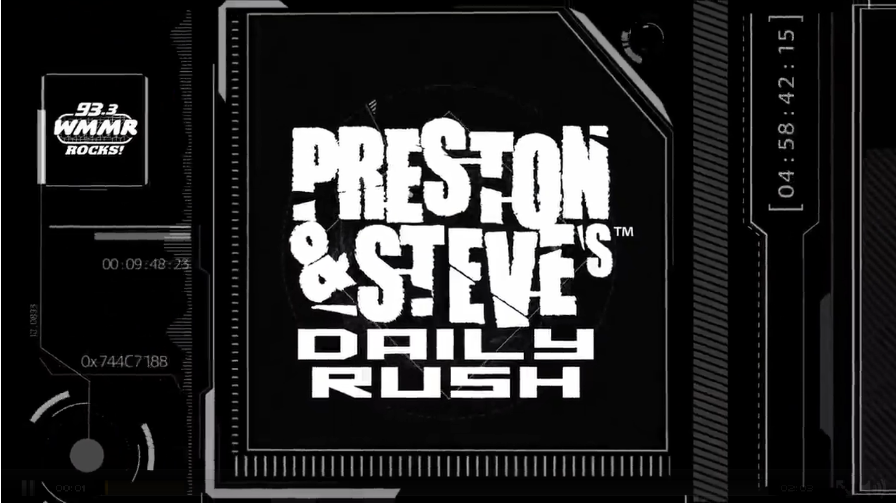 Challenge, making an investment in personnel, a talented producer and equipment.
Challenge, making an investment in personnel, a talented producer and equipment.
The Preston & Steve “Daily Rush” is a very entertaining five minute video of highlights of the show and a huge hit with Philly fans. A longer version is also produced, sponsored and aired on a local Philadelphia cable channel, Xfinity’s VOD.
Bill and the Preston & Steve Show brought so much creativity to this idea. They deserve all the credit for making this innovation one of our best and so remarkable.
FJ: Any surprises?
JF: It was a great reminder that good ideas can come from anywhere and from anyone in your building. The more people are involved, the more they are committed to your success.
New friendships and connections were made with staff members who had never worked together until they were on the same team.
Surprisingly, ideas from the staff continued to come up even weeks after the Challenge.
FJ: How did it go with Greater Media’s CEO, Peter Smyth, and how did you involve him?
JF: Peter was very supportive and excited to be involved. He helped judge the final presentations, gave us use of the company plane, and hosted our winning team in Boston.

Today, John has launched Fullam Coaching and Consulting, working with businesses and their teams all over the country, focusing on their 0perations and culture.
He can be reached here:
Fullam Coaching and Consulting
Email him here: [email protected]
If you like where John is headed, he recommends you read these two Gallup articles:
The Wellbeing-Engagement Paradox of 2020
Strike Up a Culture of Innovation While the Iron is Still Hot
- The One Thing Missing At CES? - January 9, 2025
- AI Your Commercials - January 8, 2025
- For Radio, What Is The Future Of Nostalgia? - January 7, 2025




Brilliant article about a brilliant and collaborative effort. Lots of lessons here. Love it!
Always a great experience to work with John. Thanks for commenting, Mike.
Fred, I had the pleasure of working with John when he was Interim Market Manager in New York when Entercom came in. He quickly sensed there could be improvements in morale and process that would improve revenue. He set up task forces in each department, and I was on the sales task force. We suggested improvements that he championed within the company, and still help us to this day. So reading this was not surprising. His reputation was stellar coming in to Entercom. I was happy to see firsthand he lived up to the billing! We need more of this kind of thinking. Great article.
I’m not surprised, Phil. Everywhere John goes, he brings it.
Fred,
I’m so glad you featured John Fullam in today’s post! I worked & programmed under John back in the early 90s, when we flipped a jazz station to Oldies in Stamford, Ct.
John’s direction and leadership saved my ASS, in a difficult situation at that station. Even though he wasn’t there very long, he made an indelible mark on us ALL.
I’ve been a fan ever since! (he was replaced by Dick Brescia, a local CT native, and former CBS executive—another of my radio heroes!)
PS Under the umbrella of NYC, we took this class A to #1 in the market, while also demolishing CBS-fm in our market. No easy feat. Fullam started it ALL.
Not surprised in the least. There are a lot of FF’s (Fullam Fans) out there.
Did some work for John at I95 back in the day. He was a visionary then, and has kept his creative edge and inclusivity. A good radio man, and a good man, period!
A class act indeed. Thanks, Ed.
I never met John, but his reputation and accomplishments speak for themselves. Except he’s not in radio anymore and hasn’t been for awhile, which reflects about how much the current radio industry values successful innovators.
It would be unfair to just say radio has abandoned innovation – it hasn’t – Its just abandoned innovation regarding its product. But radio has done some pretty amazing innovation around cost cutting.
You have to admit that they’ve gone against the grain. In a world where app developers update their apps as much as daily, radio has pretty much tried to offer the same product it did in 1993, its not the same product, but they’ve managed to keep most of its listeners from noticing. And radio is doing all of this for much less money than it cost to produce the at product back in 1993, which definitely qualifies as innovation. Not what I would opt for if asked, but no one did.
Imagine if Ford had decided in 2021 to try to produce a 1993 Taurus for $5000, or Apple had, rather than invest in developing better products, engineered a way to build the original iPhone so cheaply they could sell it for $50. Because no one else has adopted this approach or chosen to replicate it, its probably not the ideal innovation strategy, but it certainly is one.
I think this speaks to what I’ve said in the past – radio’s contrarian strategy is reflective of how, for the most part, the wrong people ended up in charge. Imagine if John Fullam was running iHeart or Entercom?
Bob, I don’t know what to add to this so I will let your comment speak for itself.